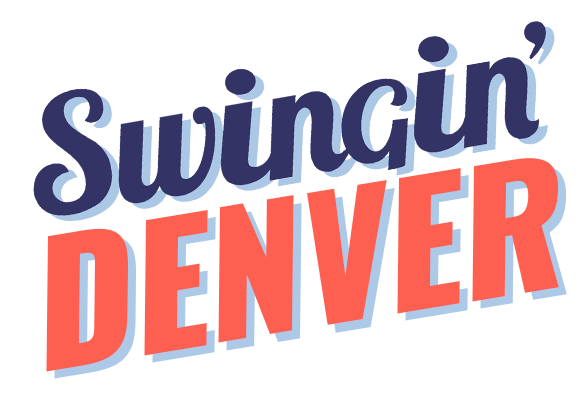Last night I had to remind myself to ask a private lesson student to dance. Clearly, the implication, the implied “yes,” is present since, as a student, you’re there to learn to dance and likely dance with the instructor. However, it’s quite important for instructors to model asking a person to dance to give opportunity for consent or “no.” That ought to be true in group classes, private lessons, and socials.
As consent came to be a larger topic within the global swing dance community, hip instructors made sure they discussed how to ask (preferably with your words), that declining a dance is okay, suggesting how to decline, and letting people know that saying just “no” is a perfectly fine response inside of classes and sometimes during socials. When dealing with safe space issues, we would find that offenders typically started out by crossing boundaries like not accepting “no” and forcing one to dance through verbal and physical means. This sometimes led to further harm and emphasized why we ought to have conversations revolving around consent sooner. And it’s quite good for the people in power like the organizers and instructors to model this from the beginning.
It might take time recalibrating current habits, but with a bit of self-awareness and effort, it’s worth it. Students watch you and take note. It’s good to be a responsible leader within the community.

